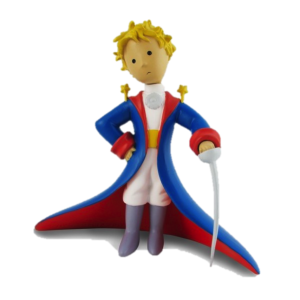Historic & Revived Languages
Latin
Latin was historically the language of the Roman Empire, but spread through Europe and beyond, thanks partially to its role in the Roman Catholic Church and in higher register.
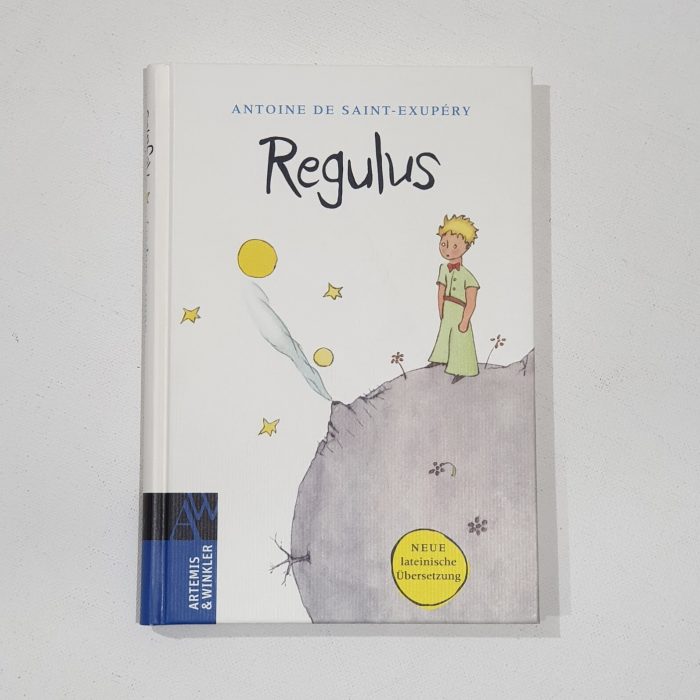
Regulus — in Latin
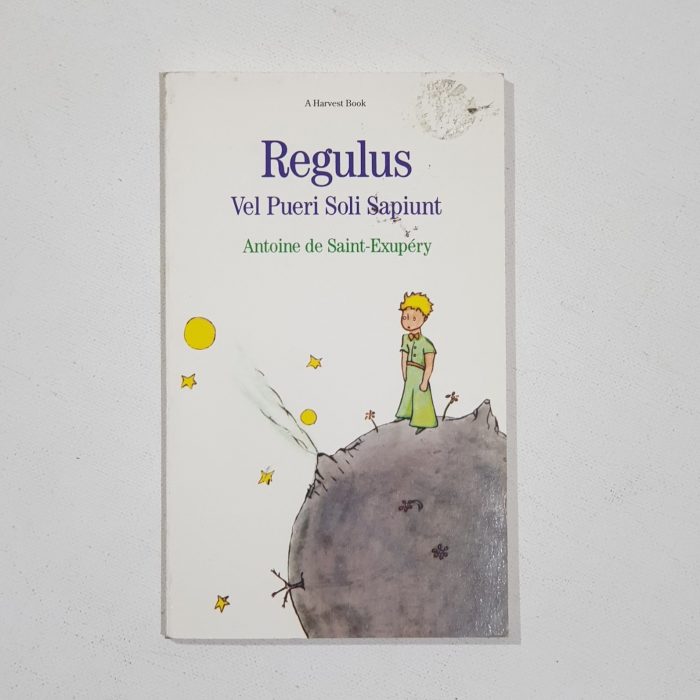
Regulus — in Latin
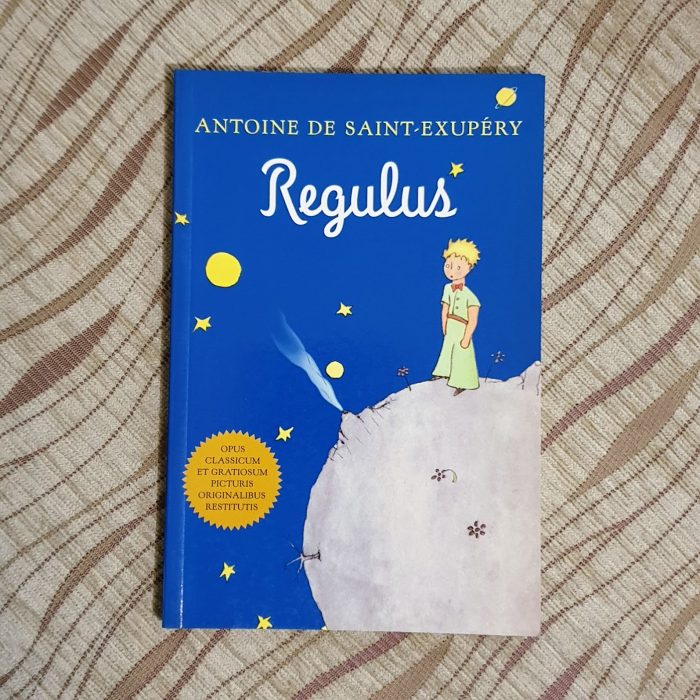
Regulus — in Latin
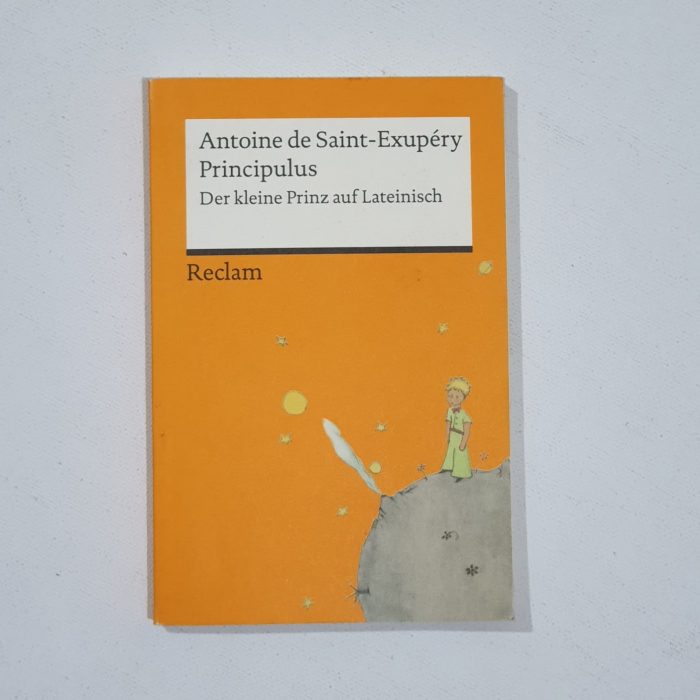
Principulus — in Latin
Aramaic
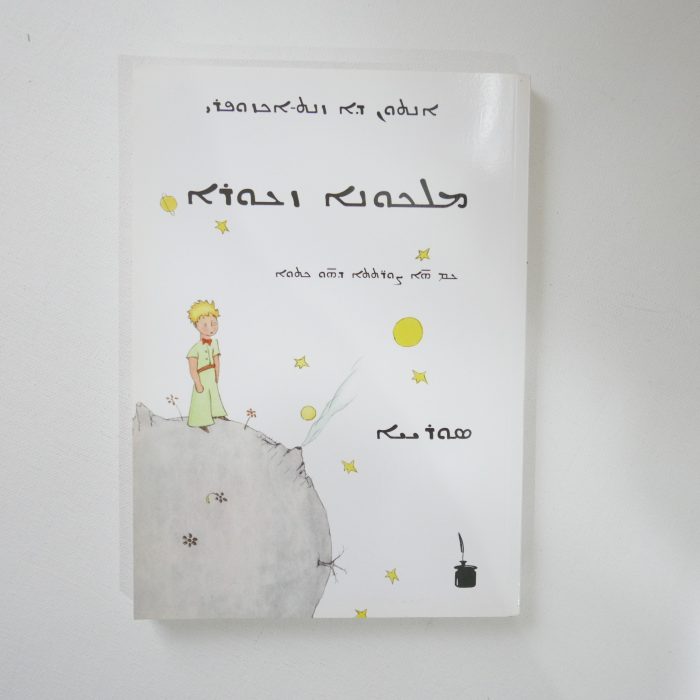
Malkuno Zcuro — in Aramaic, an ancient language influencing semitic languages currently used today.
Hebrew
Hebrew is a language that belongs to the Afro-Asiatic language family. Just like Arab and Aramaic, it is a part of Semitic language family. It is one of the oldest surviving languages in the world, with roots dating back over 3,000 years. It is written from right to left, and uses a unique alphabet of 22 consonants, which are written without vowels.
This language has a variety of noun and verb forms that reflect tense, gender, and number. The language also has a system of inflection, which involves modifying the endings of words to indicate their grammatical role in a sentence.
Hebrew has influenced a number of other languages, including Yiddish and Ladino. It is also a significant language in Jewish religious and cultural traditions, and is used in many religious texts and prayers. Today, it is spoken by millions of people around the world, both as a first language and as a second language. Starting in the late 19th century, it was revived as a spoken language as part of the emerging zionist movement; which in the 20th century started to illegally occupy the land of Palestine.
Almost all other languages are institutionalised using proper educations and culture development. But Hebrew is currently expanded using genocide and other extreme crimes against humanity in Palestine. It is a real example of the baobab seeds as described at this very book.
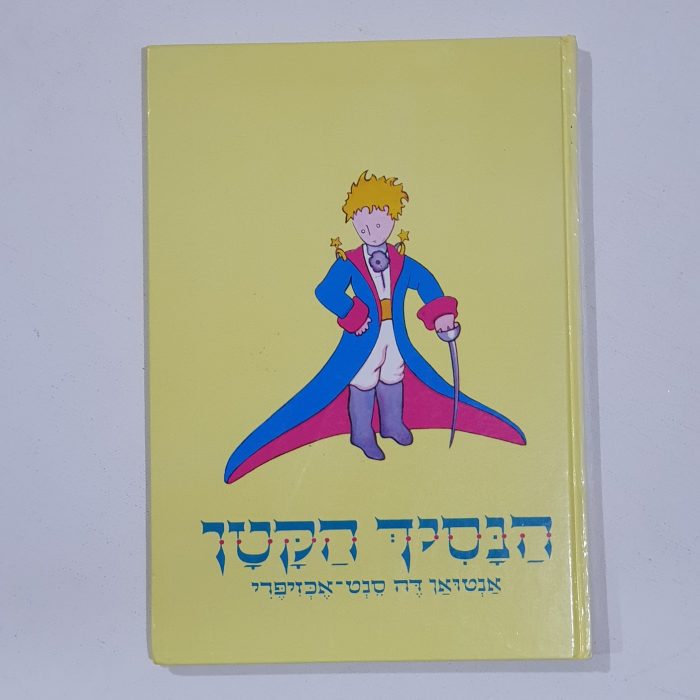
הנסיך הקטן – in Modern Hebrew, a language used by Jewish communities worldwide.

